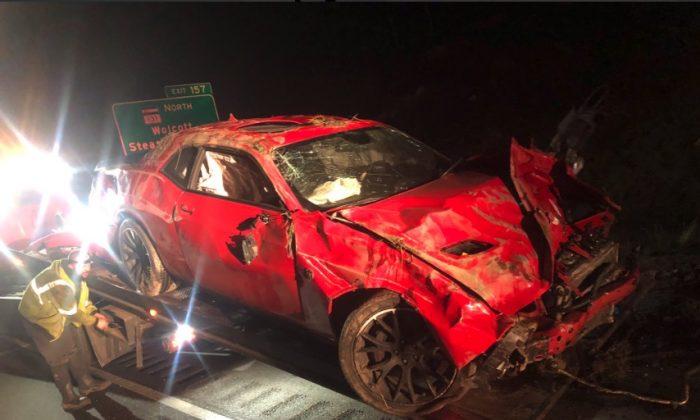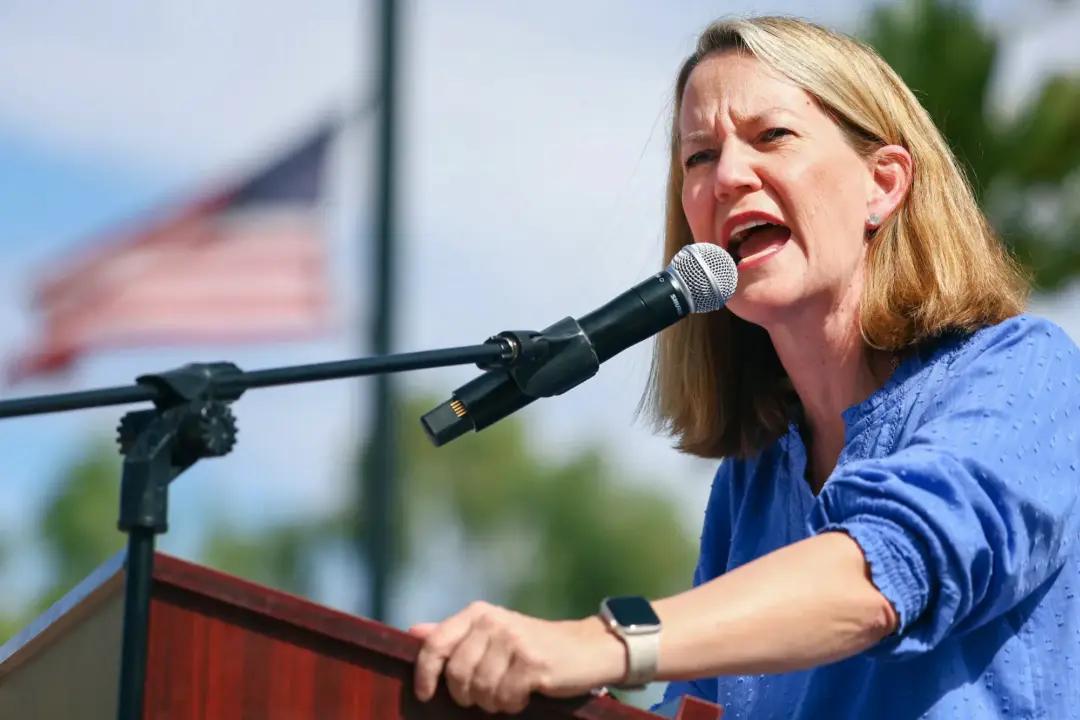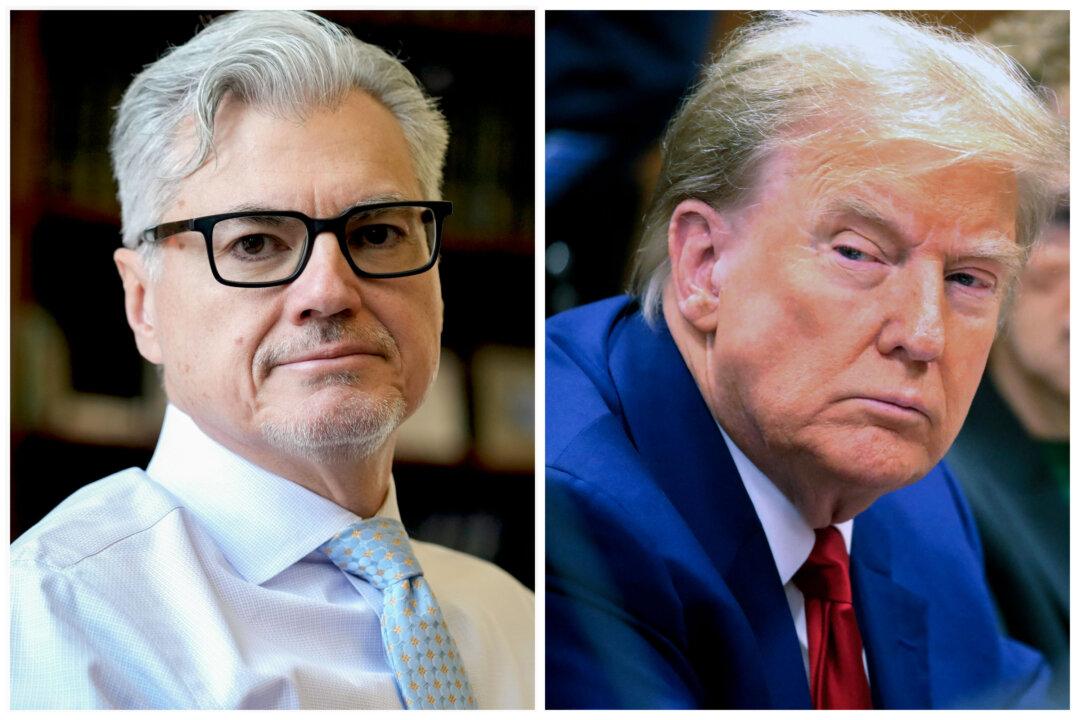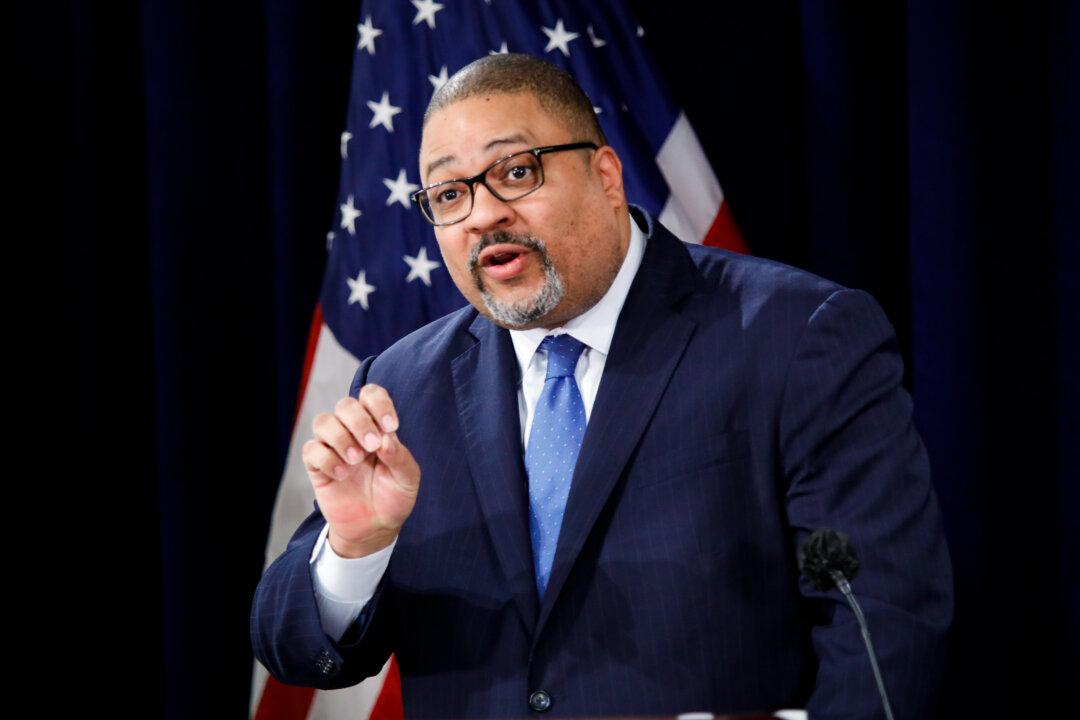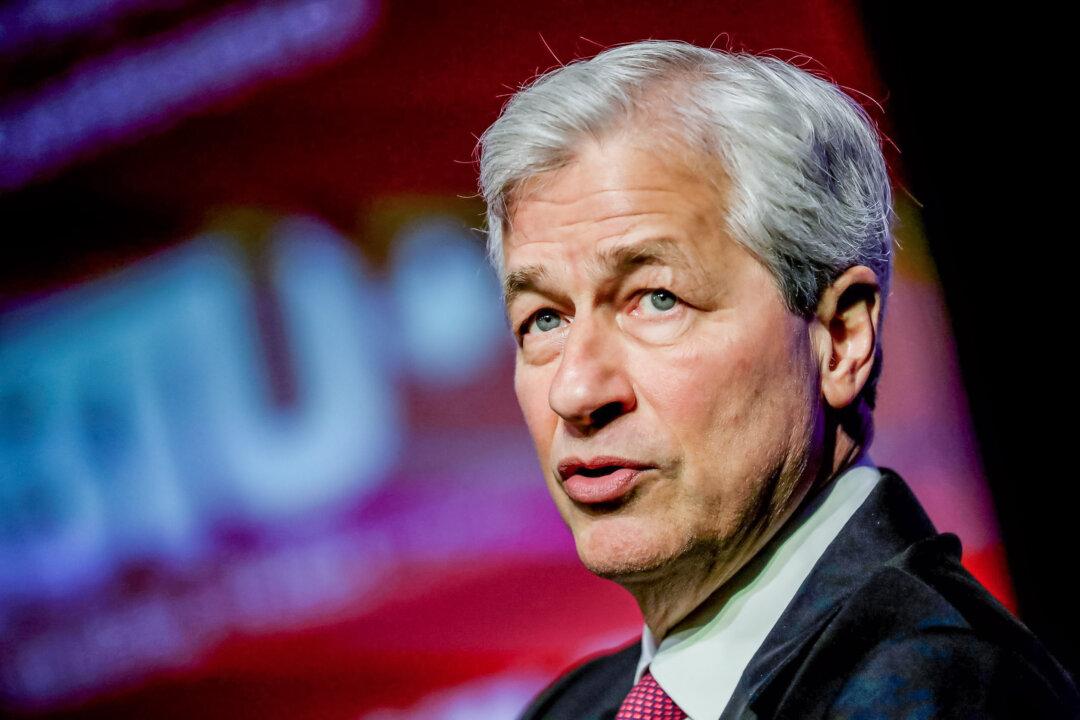Police arrested a Colorado man who allegedly led troopers on a high-speed chase in a Dodge Challenger Hellcat muscle car before crashing.
Colorado State Patrol Public Information Officer Jacob Best said in a statement that troopers had received reports of a reckless driver on the highway “traveling at a high rate of speed, making unsafe lane changes, and driving in a reckless manner.”
Troopers were initially unable to find the alleged speedster.
Then a trooper located the Dodge Challenger and tried to stop the vehicle, but the suspect began passing vehicles on the right shoulder, accelerating to speeds over 130 mph, Best said.
The pursuit was called off because heavy traffic and high speeds involved posed safety concerns.
But shortly afterward, an off-duty officer called in an accident involving a Dodge Challenger Hellcat muscle car that had crashed on a sharp corner. Best noted in the news release that the suspect had rolled the vehicle and ended up in opposing lanes.
The accident prompted road closures lasting about an hour.
Cotlear was found to have minor injuries and was taken to a local hospital.
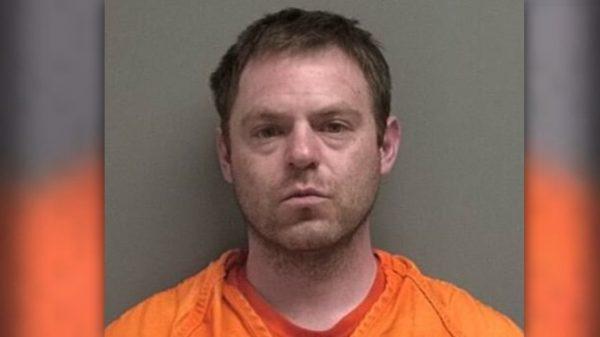
He was later taken into custody and booked on charges that include driving a motor vehicle under the influence of alcohol and/or drugs, reckless driving, and reckless endangerment.
Crime in the United States
Violent crime in the United States has fallen sharply over the past 25 years, according to both the FBI’s Uniform Crime Reports (UCR) and the Bureau of Justice Statistics (BJS) National Crime Victimization Survey (NCVS).Both studies are based on data up to and including 2017, the most recent year for which complete figures are available.
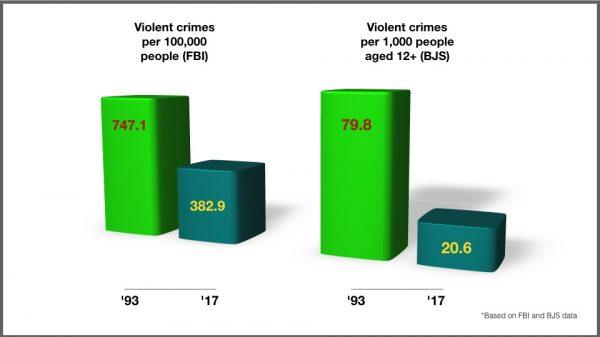
While the overall rate of violent crime has seen a steady downward drop since its peak in the 1990s, there have been several upticks that bucked the trend.
Property Crime
The property crime rate fell by 50 percent between 1993 and 2017, according to the FBI, and by 69 percent according to BJS.According to the FBI’s preliminary figures for the first half of 2018, property crime rates in the United States dropped by 7.2 percent compared to the same six-month period in 2017.
Public Perception About Crime
Despite falling long-term trends in both violent crime and property crime, opinion surveys repeatedly show Americans believe that crime is up.Perceptions differed on a national versus local level.
